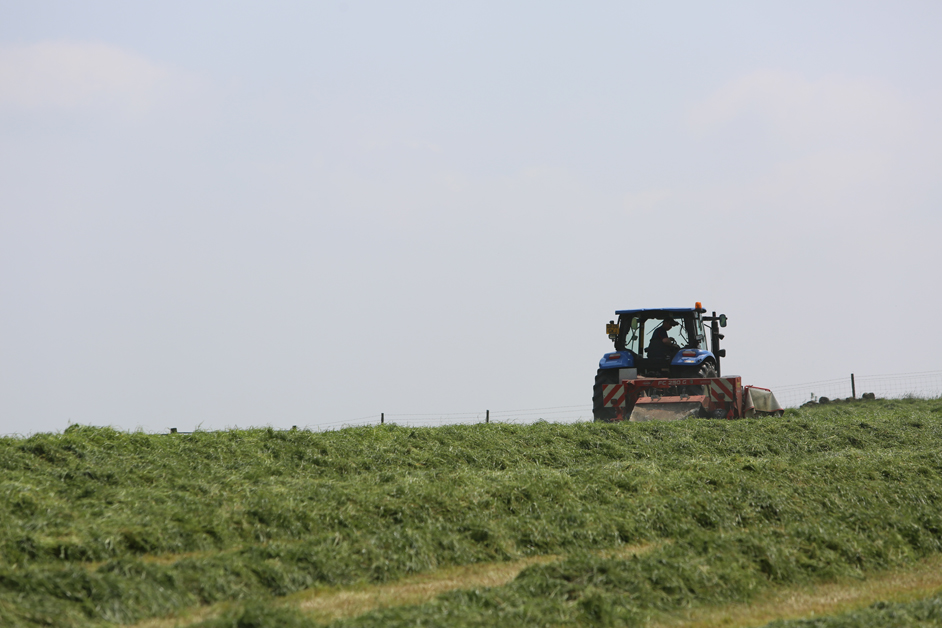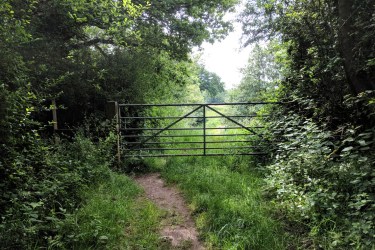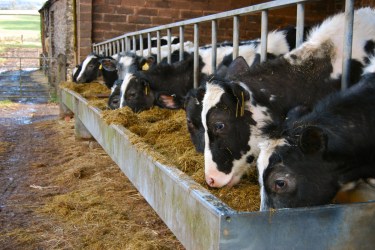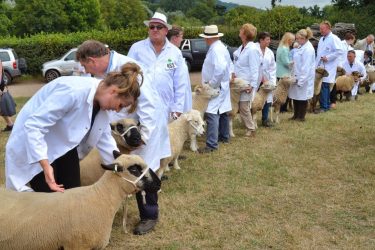Forage production and utilisation are still major factors driving dairy margins, so improving management of grass should be high on the agenda. Our Promar Consultant in Devon considers how different types of manager approach the issue.
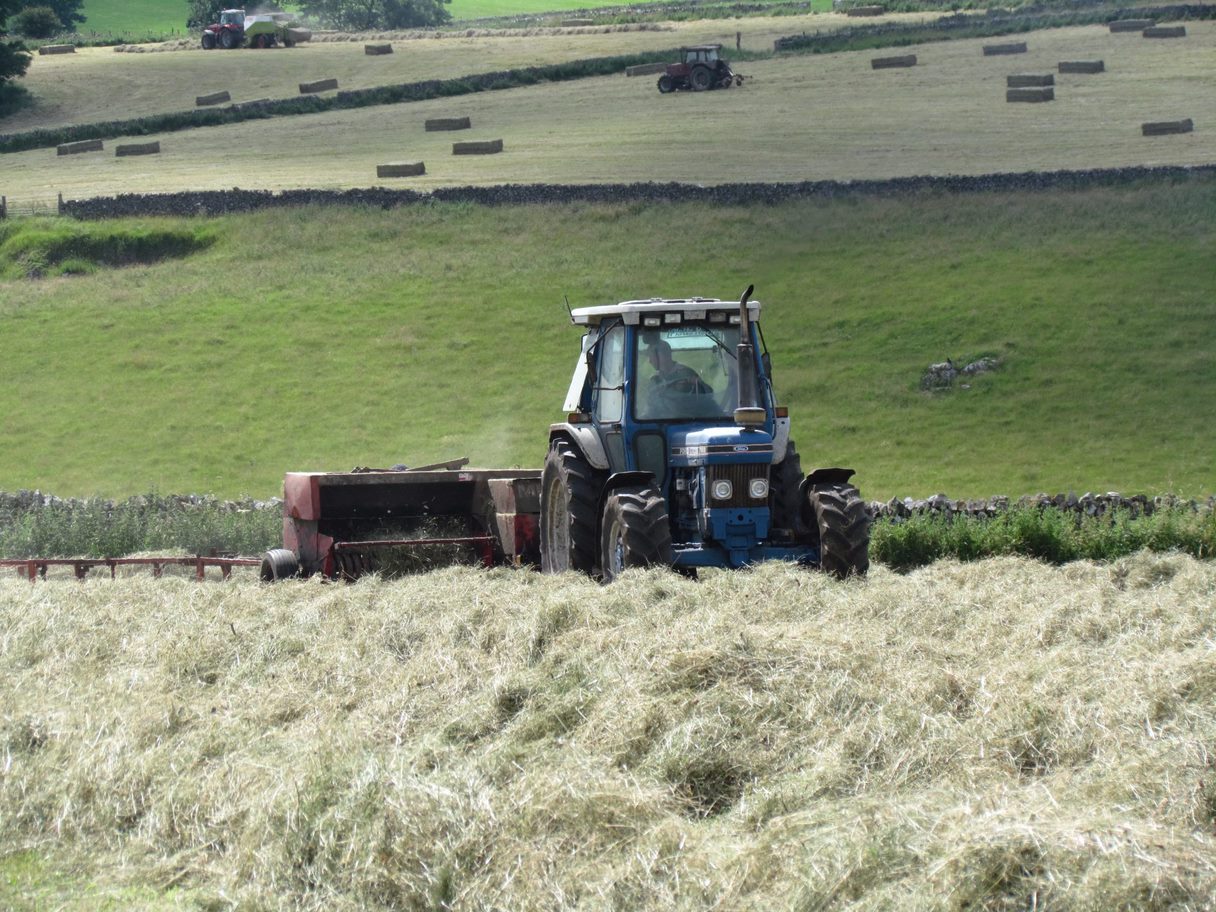
One strength most UK farms have is the opportunity to grow grass in close proximity to where the cows are milked. Indicative figures suggest that grass growth in last year’s difficult growing season was reduced by 0.8-1.2t DM/ha on grazing systems compared to 2017. However, the reality is that we see much more variation between the better and weaker managers in any one year, than between years on an individual farm, as a direct result of the actions and decisions that the better managers demonstrate.
There can also be big variations within farms. The graph below compares grassland productivity for one of my better clients in Devon where we measure growth closely. For the period May to August, it compares the best and worst performing paddocks with the average paddock over the last two years. While performance across the grazing block was lower in 2018 across the board, the variation between the different paddocks was significant in both years. At a headline level, in both years the difference in dry matter output of grass between the average and bottom performing paddocks is worth over 6800 litres/ha.
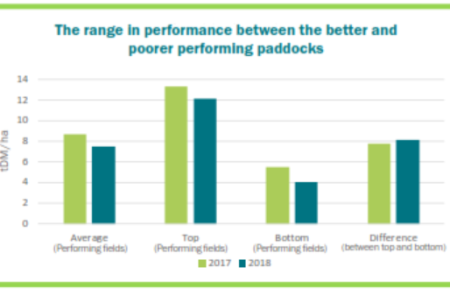
So how do the leaders and managers drive productivity? Basically there are six key attributes.
- Agility: Given the relatively benign weather at the time of writing and with high soil temperatures, many farms have already turned cows out to graze. Leaders and Managers are prepared to take action and change plans, reacting and managing grazing differently to ensure early spring growth is not compromised, so maintaining later grazing production. Doers and Survivors tend to turn out as they would do in any spring, failing to recognise the different challenges of an early turnout. As such they risk poorer season long production.
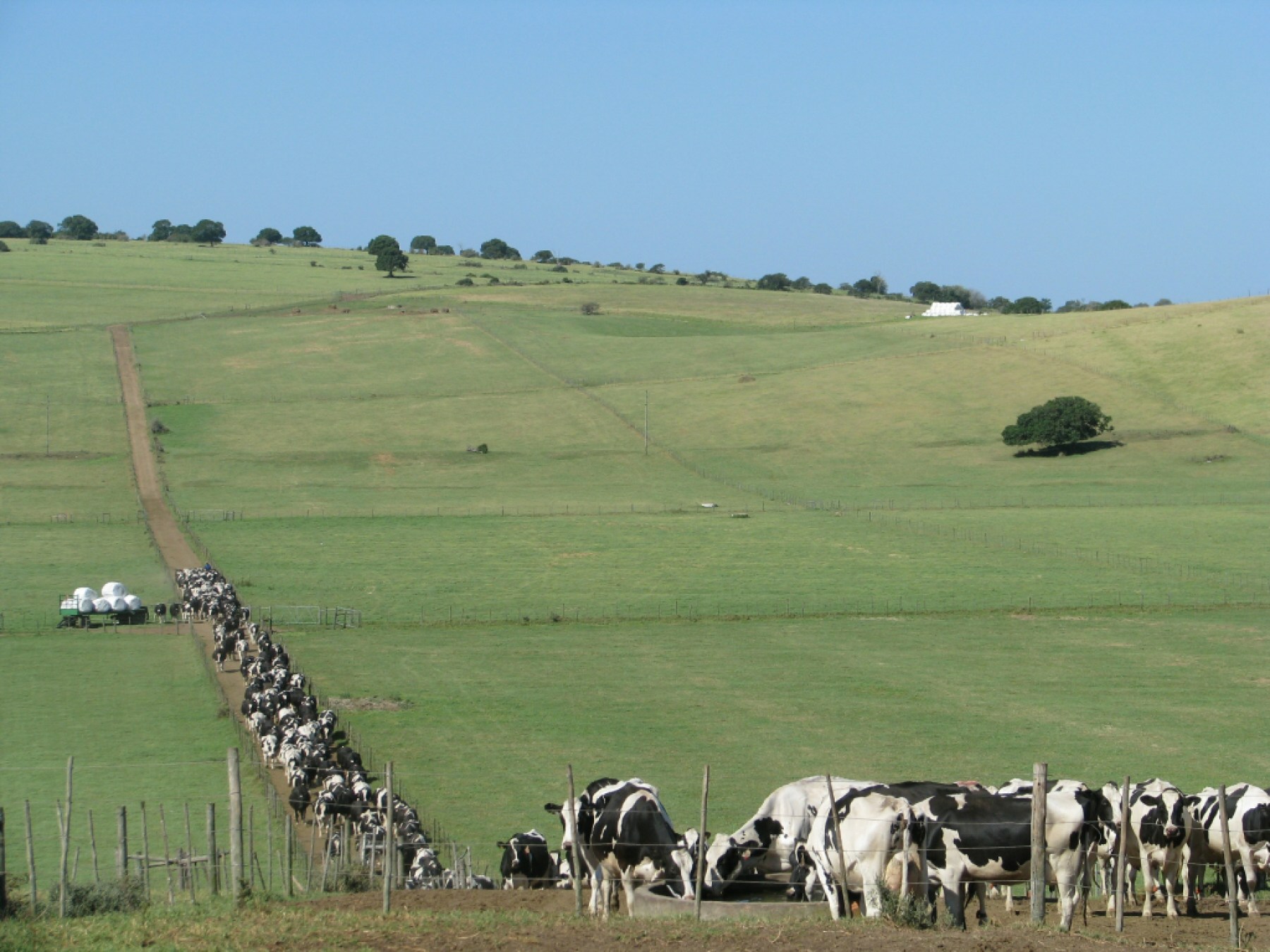
- Application of knowledge: The Leaders and Managers appreciate that it is vital to hit the optimum residual grazing heights at this time of year to keep the growing point of the plant low. A high residual will reduce the quality of the sward later in the season encouraging trash in the sward, affecting production and utilisation for the rest of the growing season ahead. Their focus is season long productivity.
- Understanding risk and mitigation: There is always a worry about the risk of soil damage at this time of year, but Leaders and Managers will remember that this is only a small portion of the grazing platform and can be rectified later with mechanical aeration. Throughout the season they look to mitigate risks that might occur – including adverse weather.
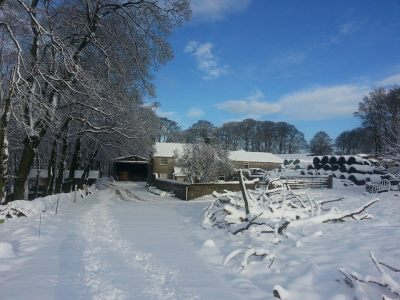
- Analysis of results and data: Many businesses are under pressure to produce more silage this year. Leaders and Managers will be considering reseeding a larger area than usual, appreciating that reseeded swards, if established successfully, can be much more productive than an old ley.
They will have collected data on individual paddock productivity and identified the swards that are under-performing as is the case with my client.
- Curiosity: Armed with this specific data, Leaders and Managers can investigate further, taking independent external advice, so that an appropriate solution can be put in place to maximise the benefit of the reseed. Is under-performance due to compaction, drainage or soil pH issues impacting growth? Is it due to the populations of preferred grasses? Survivors and Doers are more likely to reseed based on age of sward rather than actual productivity.
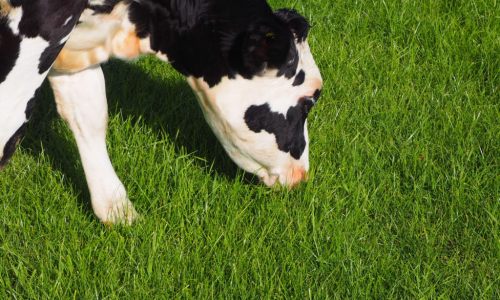
- Good planning: Leaders and Managers have a clear sight of where their conserved forage supplies are coming from now through to the summer of 2020, considering a range of scenarios. They plan for the season ahead and are able to react as the season unfolds to ensure adequate stocks are produced. They will already be measuring grass to help establish an early season grass wedge. They will be cutting regularly to ensure better forage quality. Nitrogen will be on farm and applications made as soon as conditions permit.
Where do you fit on the Leader, Manager, Doer and Survivor scale? How would you score your business on these attributes for grassland production and how would an outside independent consultant score your business? (are these areas a strength or an area for you to improve upon?).
| Attribute | Your view | An outsider’s view |
| Agility | Strength/opportunity to improve | Strength/opportunity to improve |
| Application of knowledge | Strength/opportunity to improve | Strength/opportunity to improve |
| Understanding risk and mitigation | Strength/opportunity to improve | Strength/opportunity to improve |
| Analysis of results and data | Strength/opportunity to improve | Strength/opportunity to improve |
| Curiosity | Strength/opportunity to improve | Strength/opportunity to improve |
| Good planning | Strength/opportunity to improve | Strength/opportunity to improve |




